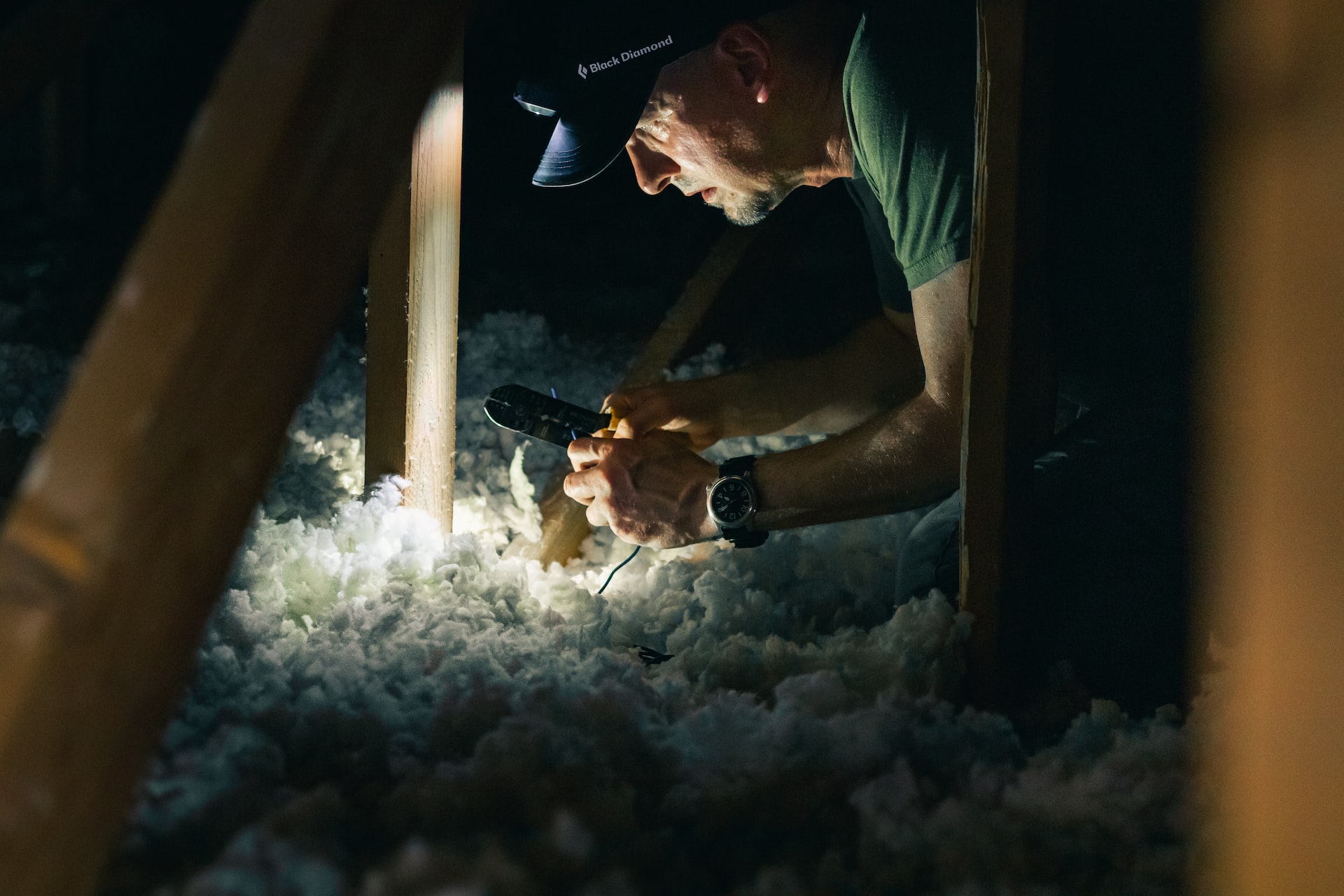We get it – as a busy homeowner, you don’t have all the time in the world to study different approaches to insulating your attic.
In fact, there are several types of insulation that can be used in attics, and the best choice for a particular home will depend on a variety of factors. These include the location of the home, the climate, the type of heating and cooling system being used, and the budget of the homeowner.
In this short article, experts from Panda Insulation share their knowledge of different types of attic insulation, their benefits and weaknesses, and what our overall recommendation is.
Let’s dive in!
Types of Attic Insulation, Explained
Here are some common types of attic insulation and their characteristics.
Much more can be said about each of these insulation methods, but if you’re a busy homeowner, this quick guide is for you.
Blown-in fiberglass
Blown-in fiberglass insulation is a type of insulation that is installed by blowing loose fibers of glass into the attic space through a hose. It is an effective insulation material that has several benefits when used in attics:
Fiberglass batts
These are the most common type of attic insulation and are made from thin fibers of glass that are spun into a blanket-like material. They are cheap, easy to install, and effective at preventing heat loss, but they can be difficult to work with and may not fit snugly in irregularly shaped spaces.
Cellulose
This type of insulation is made from recycled paper products, such as newspaper, and is treated with fire retardant chemicals. It is easy to install, relatively inexpensive, and has a high R-value, making it an effective insulator. However, it can be prone to settling over time, which can reduce its effectiveness.
Spray foam
This type of insulation is applied as a liquid and expands to fill the space it is sprayed into. It is an effective insulator, as it seals gaps and crevices, but it can be expensive to install and may require professional installation.
Mineral wool
This type of insulation is made from spun fibers of rock or slag and is treated with fire retardant chemicals. It is an effective insulator and has a high R-value, but it can be more expensive than other types of insulation.
Reflective insulation
This type of insulation consists of a reflective material that is backed by a layer of insulation. It is designed to reflect heat away from the attic, which can help to keep the space cool in the summer. However, it may not be as effective at preventing heat loss in the winter as other types of insulation.
Our recommendation: Blown-In Fiberglass Insulation
At Panda Insulation, we recommend blown-in fiberglass insulation for most homeowners. Here’s why.
- Ease of installation: Blown-in fiberglass insulation is easy to install, as it can be blown into place through a hose. This makes it a good choice for attics with irregularly shaped spaces or for attics that are difficult to access. This means lower installation costs, whether you go through a contractor or DIY.
- High R-value: Fiberglass insulation has a high R-value, which measures its ability to resist heat flow. This means that it is an effective insulator and can help to reduce energy costs by preventing heat loss in the winter and heat gain in the summer.
- Durability: Fiberglass insulation is resistant to moisture, pests, and fire, which makes it a durable choice for attic insulation.
- Sound absorption: Fiberglass insulation can also help to reduce noise transmission between rooms and between floors of a home.
- Environmentally friendly: Fiberglass insulation is made from recycled glass and is a more environmentally friendly choice than other types of insulation.
Overall, blown-in fiberglass insulation is a cost-effective and efficient way to insulate an attic, and it can help to improve the energy efficiency and comfort of a home.
Take care when selecting insulation materials
At Panda Insulation, we only use blown-in fiberglass insulation materials that meets the following standards:
- Designed specifically for use in attics.
- Resistant to mould and moisture: the biggest insulation killers.
- GREENGUARD Gold Certified and formaldehyde-free.
- Composed of recycled materials.
We recommend you do your research on the insulation materials you are using prior to installation, or if you’re working with a contractor, ask them what kind of materials they use.
A final word
Ultimately, it’s important to choose the right type of insulation for your attic based on your specific needs and circumstances. Spray foam is also an excellent choice, and is often combined with blown-in insulation to be more cost-effective.
A professional energy auditor or home inspector can help you determine the best type of insulation for your home and circumstances.




